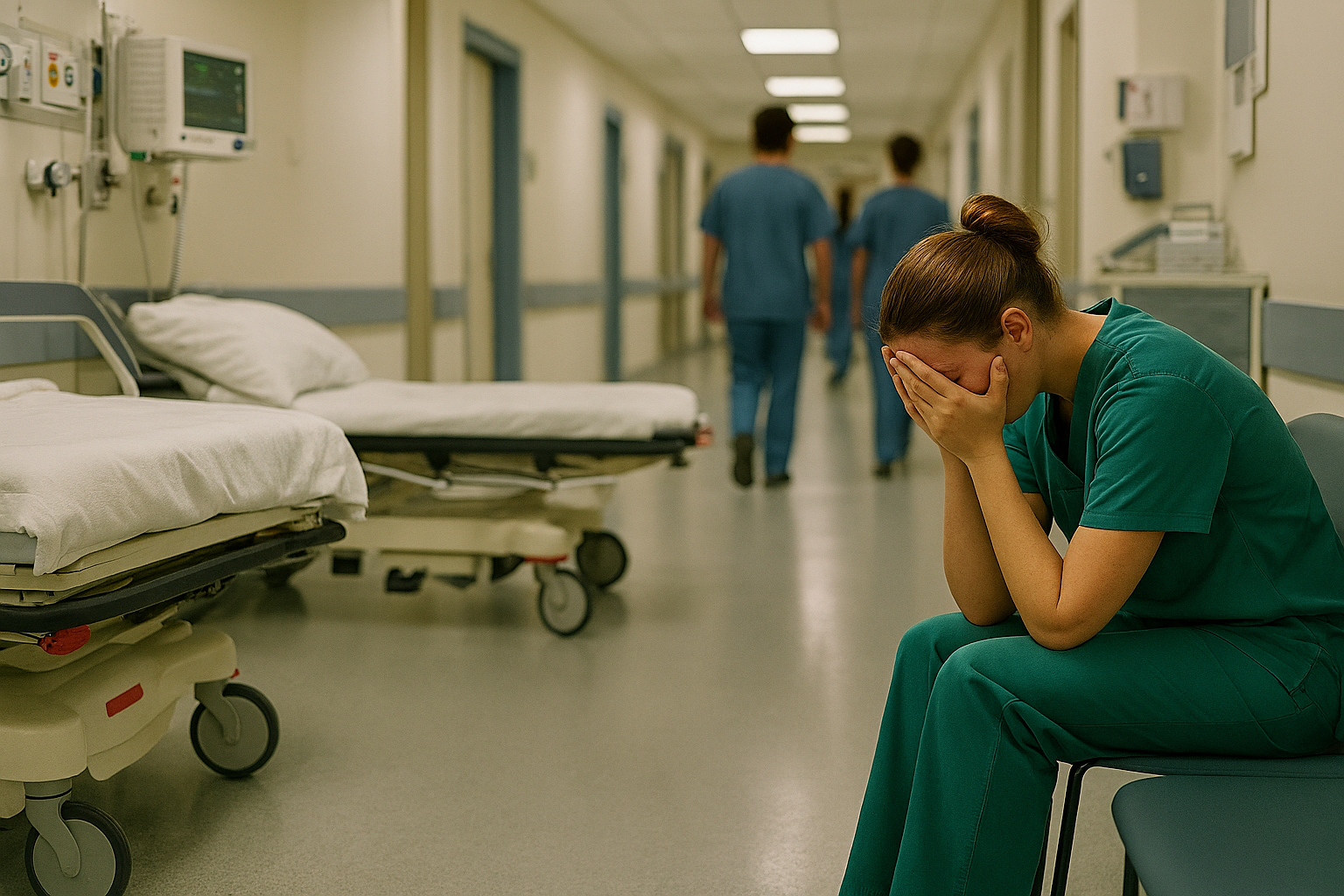By Tony Farley, CEO AHHA LTD
Australia’s public hospitals are severely underfunded, and if you are in any doubt, just speak to hospital staff, patients and their families to comprehend how deep this crisis has become.
Like a frog in boiling water, we’ve watched our world-class public hospitals be pushed to the brink by funding that has not kept pace with demand. Frontline hospital staff are some of the hardest workers in the country, but even they have a breaking point.
Recent reports have shown shortages in four out of five health professional occupations. Sick leave, stress claims, workplace injuries, workers’ compensation claims, and high staff turnover are all symptoms of the broader problem; asking too few people to do far too much work and offering no hope of anything changing for the better.
The great paradox is that many people working in the caring professions feel as though no one cares about them. And who can blame them? They’re often expected to solve problems that have their origins in many other parts of society and across various areas of public policy. In 2022, 84% of Australian health professionals surveyed reported symptoms of burnout. In such conditions, retaining these essential frontline workers is becoming increasingly difficult, let alone attracting new ones to the field.
Aged care is a perfect example. Public hospitals have an ever-growing number of people occupying beds who should be in aged care settings and supported community care. The flow-on effects for hospitals are felt all over and start in emergency departments, where clinicians are caught in an endless cycle of trying to find a ward for patients to be placed once their treatment is complete.
Most people understand the solutions to these problems are multifaceted and require driven leaders who have the resourcefulness and willingness to break the Groundhog Day cycle our public hospitals currently find themselves in.
There can be no doubt that increased funding must be accompanied by changes in models of care that are far more collaborative, interdisciplinary and supported by data and technology. The impetus for this change must come through far more explicit expectations about how senior bureaucrats work together across Australia to forge compromises, build coalitions and make deals that work better for everyone.
The cynical inertia that is plaguing public hospital reforms simply can’t go on. The states and territories must get more funding from the commonwealth for public hospitals that is tied to reform that is both hospital-specific and strategically linked to primary care, aged care and disability care in particular.
Australia’s expenditure on health care is one of the lowest in the developed world at 9.9% of GDP. Expecting public hospitals to do more and more with less and less is neither realistic nor right. The time for real reform is now and it’s no exaggeration to say our lives depend upon it.




